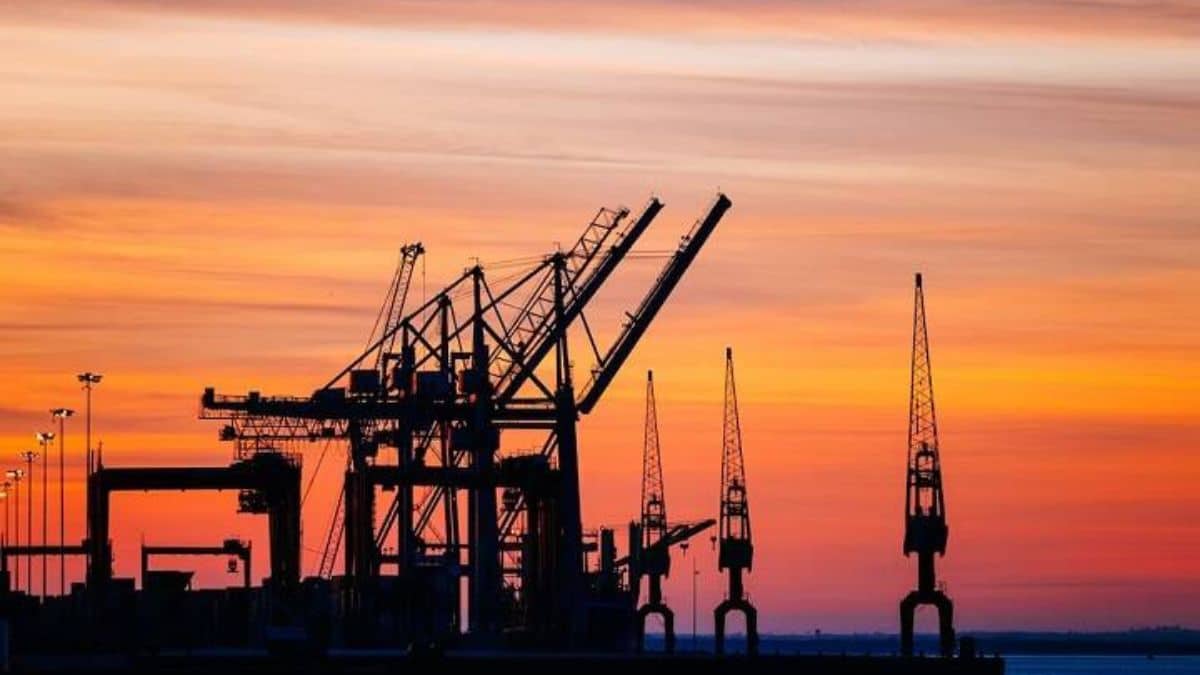 Image Credits - ABP News
Image Credits - ABP News
India’s crude oil imports from Russia witnessed a consecutive decline in January, reaching a 12-month low. Despite this downturn, the nation’s enduring interest in Russian crude remains steadfast for the long term, as per data from energy cargo tracker Vortexa and industry officials.
In January, Russia supplied 1.2 million barrels per day (bpd) of crude oil to India, a drop from 1.32 million barrels in December and a significant decrease from 1.62 million barrels in November 2023. Despite the recent dip, Russia continues to be India’s primary oil supplier, contributing to nearly a quarter of the 4.91 million bpd of oil imported by the third-largest energy consumer globally in January.
The decrease in Russian cargoes was offset by an increase in oil sourcing from Iraq, which supplied 1.1 million bpd in January, up from 985,000 bpd the previous month. On the other hand, supplies from Saudi Arabia declined to 659,000 bpd from 668,000 bpd in December. India relies on imports for over 85% of its crude oil needs, crucial for producing fuels like petrol and diesel in its refineries.
The surge in India’s appetite for Russian oil began when it started trading at a discount due to Western sanctions imposed in response to Moscow’s invasion of Ukraine. Notably, India’s oil imports from Russia hit an all-time high of 2.1 million bpd in June the previous year, constituting almost 40% of the nation’s total oil imports.
The recent decline in Russian crude imports is attributed to factors such as a narrowing of Russian crude discounts compared to Middle Eastern alternatives, recent US sanctions on shipowners transporting Russian oil above a specified price cap, and increasing tanker premiums due to Red Sea-related incidents.
Some Indian state refiners also hastened to meet term commitments with Middle Eastern suppliers. Furthermore, the removal of sanctions on Venezuela prompted private Indian refiners to resume oil purchases from the South American nation.
Despite the short-term fluctuations, industry officials emphasize that the long-term demand for Russian crude remains intact. Indian companies adopt a delivered basis for purchasing Russian crude, where the supplier arranges shipping, and the buyer pays upon oil delivery at the receiving port.
This differs from sourcing from the Middle East, where the buyer covers shipping and insurance costs. The cost-effectiveness of Russian crude compared to alternative sources will likely continue to influence Indian refiners’ purchasing decisions.
As concerns about rising shipping costs and insurance grow, the recent imposition of US sanctions on ships carrying Russian oil sold above a USD 60 per barrel cap adds another layer of complexity to India’s crude oil procurement landscape. Despite these challenges, the chairman of Hindustan Petroleum Corporation Ltd (HPCL) noted that Russian oil constituted 30% of the company’s imports, and supplies from Russia and other sources were secured until mid-April. Similarly, Bharat Petroleum Corporation Ltd (BPCL) highlighted that 40% of its crude oil imports in the December quarter originated from Russia.
